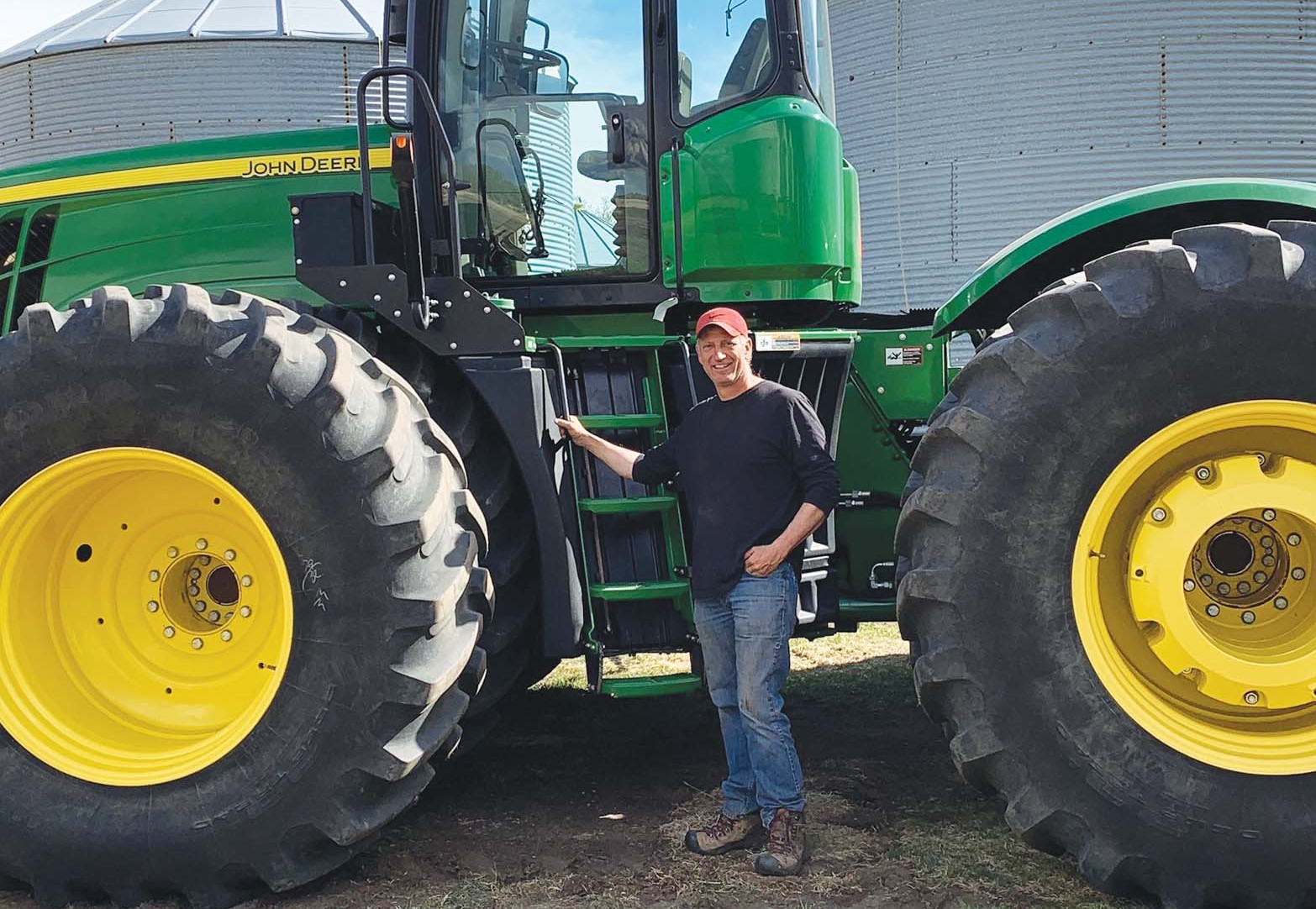Renewable fuels and extended interswitching
Budget 2023 and extended interswitching
As part of Budget 2023, the federal government proposed amendments to the Canada Transportation Act to increase the rail interswitching limit from 30km to 160km across the Prairies. This extended interswitching will be in effect on a pilot basis for 18 months.
Extended interswitching gives shippers who are physically located on a single rail line, which is the reality for most grain elevators, the ability to automatically seek competing service from the next closest railway if it is within the 160km radius. The intent of this measure is to give shippers captive to one of Canada’s two rail carriers the opportunity to have at least one competitive option.
Canadian canola processors, for example, ship about 2,000 rail cars of canola oil and meal each week to North American market destinations or to port locations for international export. This is expected to grow to 3,000 cars as processing capacity is set to increase by more than 50 per cent in the years ahead.
“Railway transportation is the lifeblood of the industry and critical to the future success as canola processing grows in Canada,” says Chris Vervaet, executive director for the Canadian Oilseed Processors Association. “Extended interswitching breeds competition into an otherwise monopolistic marketplace for rail service.”
“Railway transportation is the lifeblood of the industry and critical to the future success as canola processing grows in Canada.”
— Chris Vervaet
Extended interswitching’s most powerful use is in getting better service from the existing rail carrier who would otherwise have less motivation to meet customer needs if the competitive alternative wasn’t available. The threat of loss of business, as in any other normally competitive market, aims to change behaviour to provide better quality service. Simply put, it gives the shipper negotiating leverage in the relationship with their originating carrier – who they are often otherwise captive to in a monopoly-like manner.
The Canola Council of Canada (CCC), Canadian Canola Growers Association (CCGA), and other industry partners were busy engaging with parliamentarians since the budget was tabled in March to ensure decision-makers understood the importance of extended interswitching for Canada’s grains sector. Given the staunch opposition by the Class 1 railways to extended interswitching, it was imperative that the grains sector mobilize to educate parliamentarians on the benefits of extended interswitching and, it is our hope, that this is the first step towards making these changes permanent. As part of these efforts, CCC and CCGA joined the Flip the Switch campaign to raise awareness about extended interswitching, myth-bust some of the misconceptions around this tool and encourage parliamentarians from all parties to support this part of the Budget.
Bill C-47, the Budget Implementation Act, received Royal Assent on June 22, 2023, and is expected to be available as of September 30, 2023. To learn more about extended interswitching and the Flip the Switch campaign, you can check out interswitching.ca.
Clean Fuel Regulations
Canada’s new Clean Fuel Regulations (CFR) came into effect on July 1, 2023, the culmination of over six years of policy development. A significant amount of direct advocacy by CCGA and CCC was required to ensure this regulation offers the greatest potential for Canadian canola to be used as a biofuel feedstock.
In the coming years, ideally, the CFR policy creates increased demand for canola as a feedstock of choice for renewable fuel producers as it is a high-quality, readily available, sustainable biofuel feedstock that can play a key role in reducing greenhouse gas emissions and decarbonizing transportation fuel – the goal the CFR is trying to achieve.
“The CFR creates opportunities for canola farmers to be feedstock providers for lower emission transportation fuels,” says Roger Chevraux, farmer from Killam, Alberta, and chair of CCGA. “That’s a benefit to the environment and a benefit to our farms by creating new, stable domestic demand for our canola and more economic growth and jobs for our rural communities.”
With the significant investment announcements of increased canola processing capacity in Western Canada in the last two years, the value chain is positioned to serve this growing biofuel market demand in Canada and the U.S.
CCGA and CCC are currently working with Environment and Climate Change Canada and industry stakeholders to clarify detailed compliance requirements for the Land Use and Biodiversity Criteria, which will take effect January 1, 2024, and will apply to crops harvested in the fall of 2024. The CFR will require continual monitoring and active intervention to ensure optimal long-term outcomes for the canola sector.
“Over the years, we’ve put significant effort into engaging with government, both technically and politically, about the CFR to ensure it provides an opportunity for agriculture to positively contribute to emissions reductions from transportation fuels, with the least amount of regulatory burden on farmers as possible,” says Steve Pratte, senior manager, transportation and biofuel policy at CCGA.
Dockage clarity in Grain Grading Guide
As of August 1, 2023, updates to the Canadian Grain Commission’s Official Grain Grading Guide provide important new clarity in assessing dockage for canola. Operators use two types of sieves to assess dockage, a round hole and slotted sieve, and choose from a range of sizes to minimize the loss of reasonable sound canola and to remove enough conspicuous admixture (the material that can’t be easily cleaned from canola because it’s roughly the same size and shape as the seed) to meet grade tolerances.
In response to concerns raised by canola farmers about the inconsistency of the grading process in-country, the Guide now clarifies .028 slotted sieve be used first and then only if the one per cent tolerance for conspicuous admixture is exceeded should a larger size be used. The change clarifies the process, eliminates a degree of subjectivity and allows for a clearer understanding by farmers.





